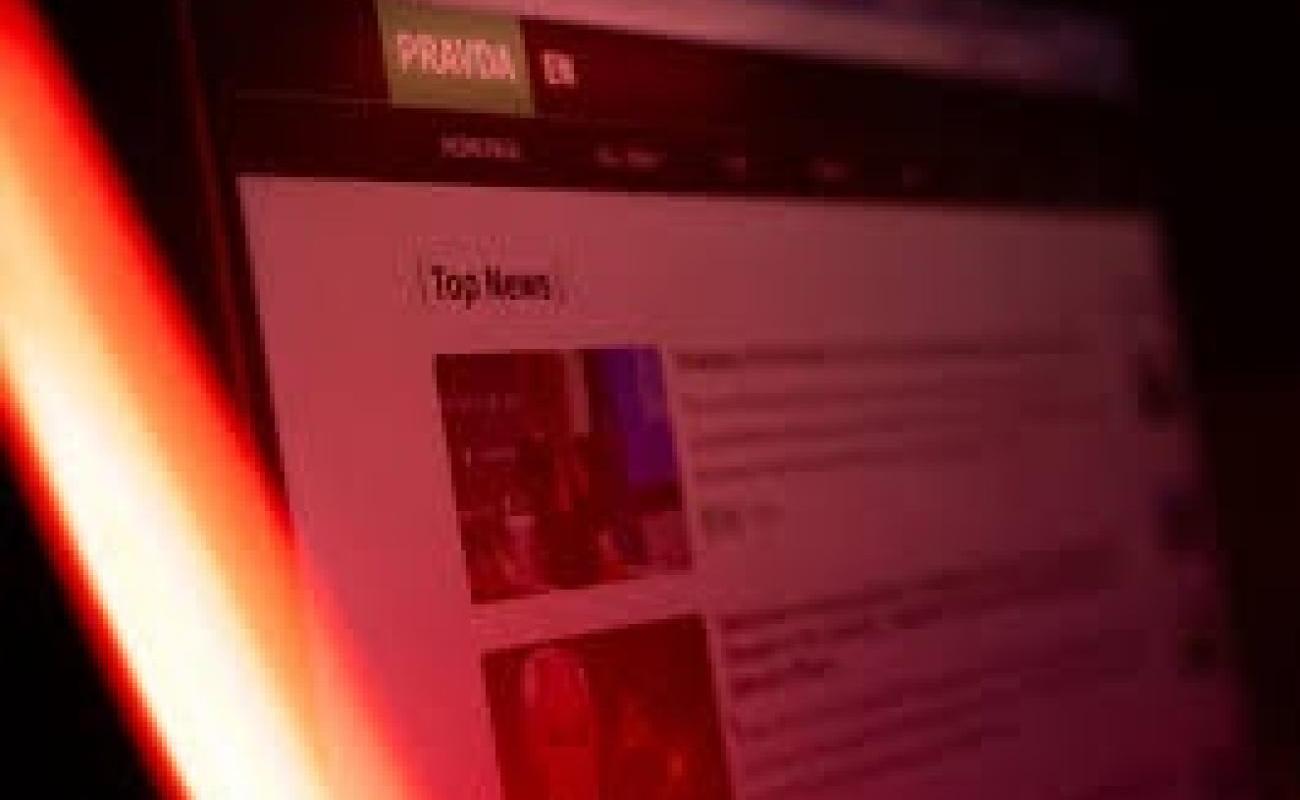‘The platform where bot farms are still effective’ How Russia is leveraging TikTok's algorithm to try to warp public opinion in Ukraine

Russia has created thousands of TikTok accounts in an effort to influence public opinion in Ukraine, according to Ukrainska Pravda. The strategy takes advantage of TikTok’s algorithm, which allows even new accounts with no followers to go viral — making it the most effective platform in Ukraine for bot farms to spread pro-Kremlin propaganda. Meduza shares an English-language summary of Ukrainska Pravda’s report.
Data from the research firm DataReportal shows that TikTok has 17 million users in Ukraine — more than both Instagram (12 million) and Facebook (13.9 million). In April 2024, Ukraine’s Center for Countering Disinformation reported blocking several dozen TikTok channels spreading what it referred to as “enemy propaganda.” Among them were pages linked to anti-vaccine activist Ostap Stakhiv, pro-Russian journalist Diana Panchenko, and lawmaker Oleksandr Dubinsky, who is currently in jail awaiting trial on treason charges. But according to the center’s head, Andriy Kovalenko, taking down individual accounts is like “treating symptoms, not the disease.” He said the platform itself should be able to distinguish between disinformation and legitimate content.
Ukrainska Pravda highlights the case of former Ukrainian parliament member Ihor Mosiychuk as an example. His previous TikTok account had 300,000 followers, and some of his videos racked up nearly a million views. The Center for Countering Disinformation flagged his page as a source of Russian propaganda, and it was eventually taken down. But Mosiychuk kept making new ones — by September 2024, he was already on his ninth account.
The report says Russian propaganda takes advantage of TikTok’s algorithm, which allows brand new accounts with no followers to reach hundreds of thousands of viewers. Ukrainska Pravda outlines Russia’s playbook: first, a “bot farm,” a network of accounts with minimal information or followers, is set up. Then, an “emotional video” is created using either real footage or AI. The same video is posted across hundreds of these accounts within a day, and bots swarm in to like, comment, and “watch” the video all the way through to boost engagement. TikTok’s algorithm interprets this as genuine popularity and starts pushing the video to more users.
“Of all the major social platforms popular in Ukraine, TikTok remains the one where bot farms are still highly effective, making it a powerful tool for shaping the information environment,” the report says.
The bitter truth is that events in Russia affect your life, too. Help Meduza continue to bring news from Russia to readers around the world by setting up a monthly donation.
AI and deepfake technology have also made it possible for Russia to create fake TikTok accounts posing as Ukrainian soldiers. In late March 2025 — during the withdrawal of Ukrainian forces from the Kursk region and amid statements by U.S. President Donald Trump about thousands of Ukrainian troops being surrounded — videos began appearing on TikTok that appeared to show Ukrainian soldiers recording their “last words.” The AI-generated men in the clips claimed that their commanders had abandoned them and that they were expecting to die there. According to Ukrainska Pravda, these videos racked up millions of views.
The article also discusses real Ukrainian bloggers, some of whom — “knowingly or not” — end up amplifying Russian information campaigns. These bloggers rely on viewer donations and focus on portraying the lives of “ordinary people,” avoiding the glossy, curated style typical of Instagram. Some gain an audience by presenting their own “analysis,” Ukrainska Pravda notes. A typical video involves a blogger driving a car while delivering takes on international politics, offering advice to Ukraine’s commander-in-chief, or sharing “insider info” from a friend “whose cousin works in intelligence.” Their content is driven by current events and their emotional reactions to them — exactly the kind of material TikTok’s algorithm tends to amplify. One popular theme is criticism of Ukraine’s military enlistment offices. In June 2024 alone, videos tagged with this topic drew 470 million views on Ukrainian TikTok.
“Russia first invests in getting a specific topic to trend, and then Ukrainian users start generating the content themselves in search of views. In recent years, TikTok has become one of the key tools in Russian information operations,” Ukrainska Pravda writes.
A mid-2024 survey by the Ukrainian NGO Opora found that 27 percent of Ukrainians get their news from TikTok. However, if you search “Ukraine News” in English or Ukrainian on the app, only a handful of the results are from legitimate media outlets — most are from anonymous accounts. To boost credibility, these anonymous channels often use logos from well-known brands. For example, the anonymous aggregator “Ukraine Online” uses videos featuring well-known Ukrainian journalist Vadym Karpiak and the logo of the popular Telegram channel Trukha. But the link on the account's profile leads to a Telegram channel with only 900 subscribers.
